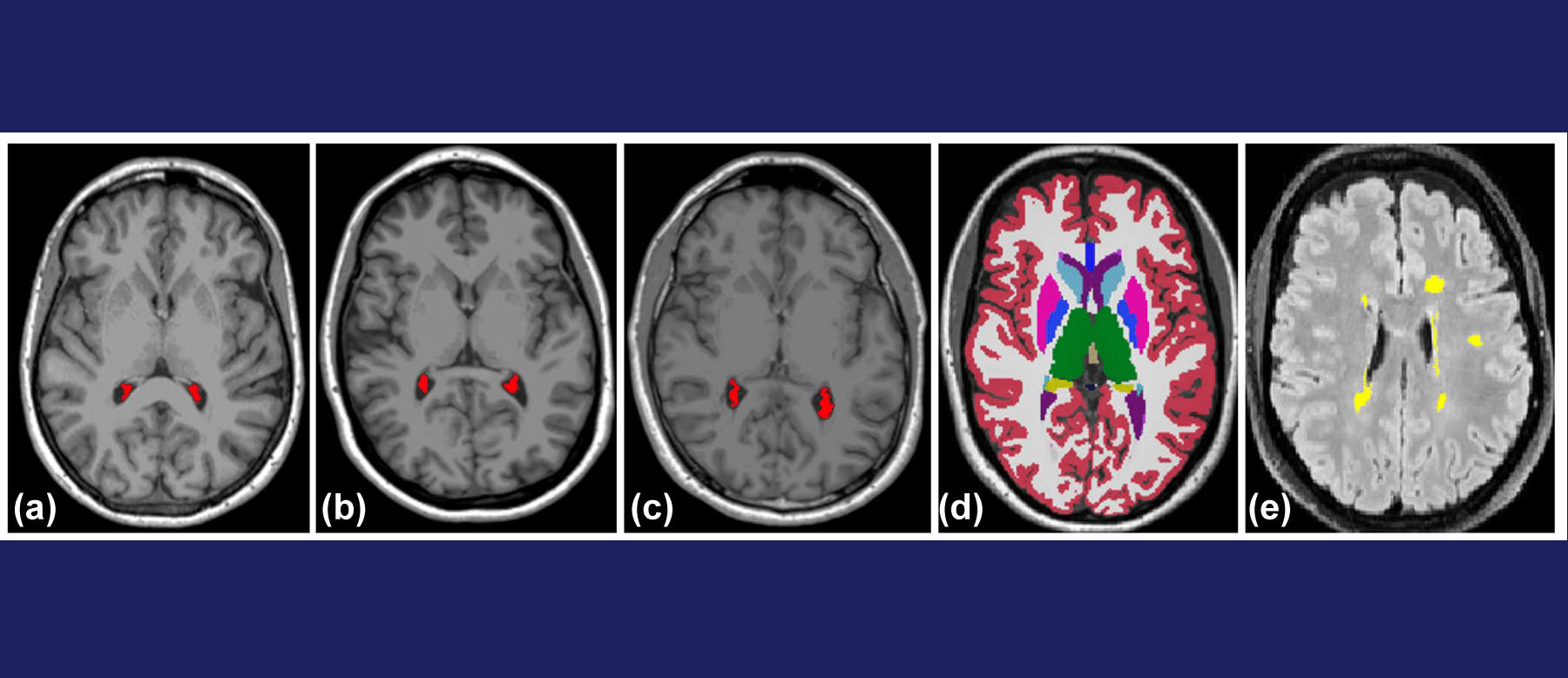October 14, 2025
Purpose of the Study
The goal of this study was to see whether people with Radiologically Isolated Syndrome (RIS)—a condition where brain scans show signs of multiple sclerosis (MS) but the person has no symptoms—have changes in a specific brain structure called the choroid plexus (ChP). The researchers wanted to know:
- Is the ChP larger in people with RIS?
- Is a larger ChP linked to other signs of brain damage or inflammation?
- Can ChP size help predict who with RIS might later develop MS symptoms?
How the Study Was Done
Researchers analyzed brain scans (3T MRI) from three groups, each with 59 people: people with RIS, people with MS, and healthy individuals (matched by age and sex).
They measured: ChP volume, white matter lesion volume, whether lesions showed a central vein sign or were paramagnetic rim lesions (two imaging features linked to MS), and Brain volume measures, including the thalamus.
Additionally, 35 people with RIS were monitored over time to see if they developed MS symptoms (clinically definite MS).
Key Findings
People with RIS had larger ChP volumes than healthy individuals—similar to those already diagnosed with MS. In people with RIS, a larger ChP was linked to: more white matter lesions (areas of brain damage), a higher percentage of central vein sign (CVS)-positive lesions (a marker specific to MS), and shrinkage of the thalamus, a deep brain structure affected in MS. These brain changes suggest that inflammation and degeneration are already happening in RIS, even before symptoms appear. About 29% of people with RIS in this study eventually developed MS symptoms. However, the initial size of the ChP did not predict who would go on to develop MS.
Why Does This Matter?
The ChP is involved in the immune system and cerebrospinal fluid production. It becomes enlarged in MS due to inflammation. This study shows that ChP enlargement is already present in RIS and is tied to early brain changes seen in MS. Although a larger ChP alone didn’t predict future MS symptoms, its similarity between RIS and MS supports the idea that RIS may already represent an early form of MS. These findings align with the upcoming 2024 revisions to the McDonald criteria, which may include RIS under the MS diagnosis in certain situations.
Who Performed the Study
The study was authored and led by Dr. Suradech Suthiphosuwan and co-led by Drs. Timothy Reynold Lim and Dr. Jiwon Oh.
Published in Multiple Sclerosis Journal, Volume 31, Issue 11.
Link to Publication:





